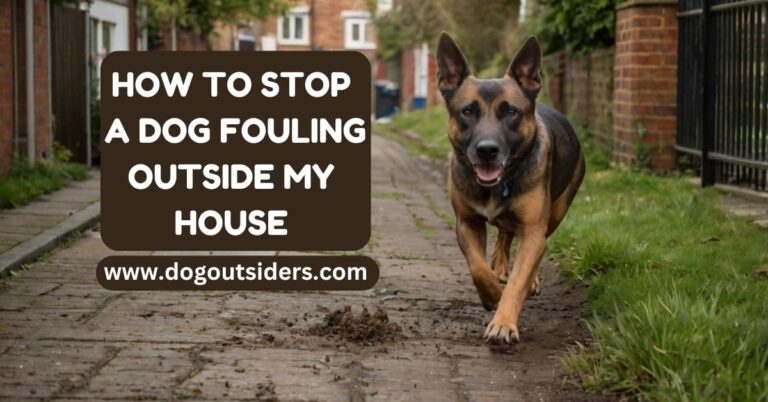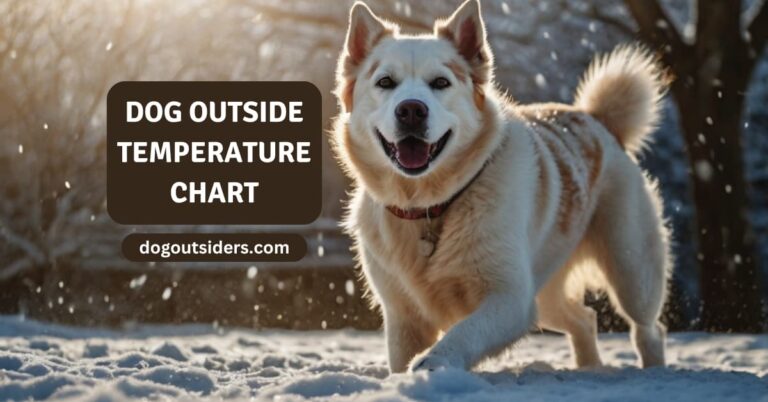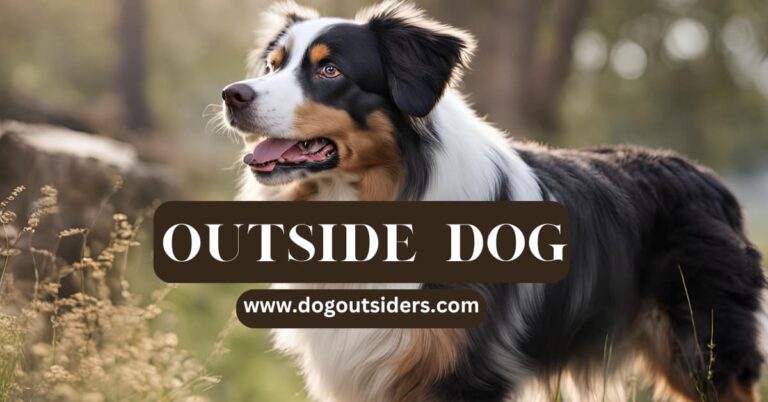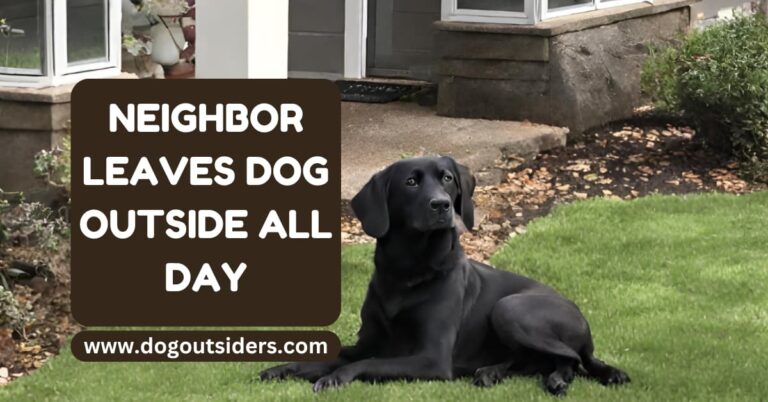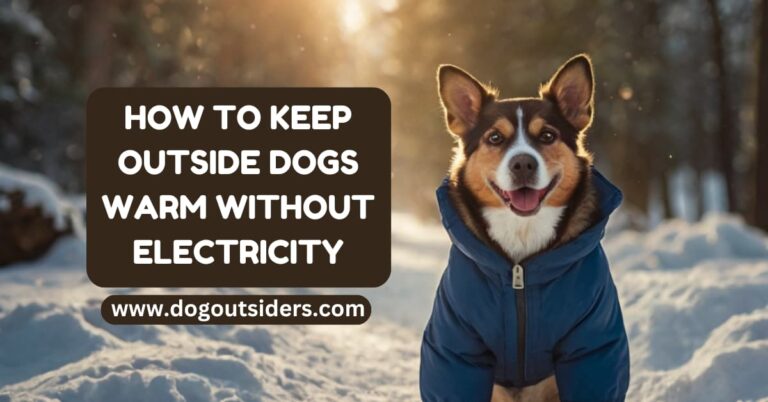When your puppy is around three months old, you might be wondering if it’s safe for them to sleep outside. The answer to this question depends on a few different factors that you should consider before making a decision.
Firstly, you need to think about the weather conditions in your area. Puppies are more sensitive to extreme temperatures than adult dogs, so you should take this into account when deciding whether your puppy can sleep outside. If it’s too hot or too cold, it might not be safe for your puppy to spend the night outdoors.
Secondly, the breed of your puppy can also play a role in determining whether they can sleep outside at three months old. Some breeds are better equipped to handle outdoor sleeping than others. Breeds with thick coats, for example, might be more comfortable sleeping outside in cooler weather.So let’s explore the ins and outs of letting a 3-month-old puppy sleep outside.
Key Takeaways
- Understanding Puppy Needs
Consider the specific requirements of a young puppy, dogs, crate, kennel, and pet before deciding if they can sleep outside.
- Assessing the Right Age
Evaluate the age and development stage of your puppy to determine if they are ready for outdoor sleeping.
- Factors to Consider
Take into account various factors like breed, health, temperament, and climate when making the decision.
- Preparing for Outdoor Sleep
Set up a comfortable and safe outdoor shelter with bedding, protection from elements, and appropriate space.
- Creating a Safe Shelter
Ensure the outdoor sleeping area is secure, free from hazards, and provides adequate warmth and protection.
- Ensuring Safety and Warmth
Regularly check on your puppy outside to make sure they are safe, warm, and comfortable.
Can a 3 Month Old Puppy Sleep Outside?
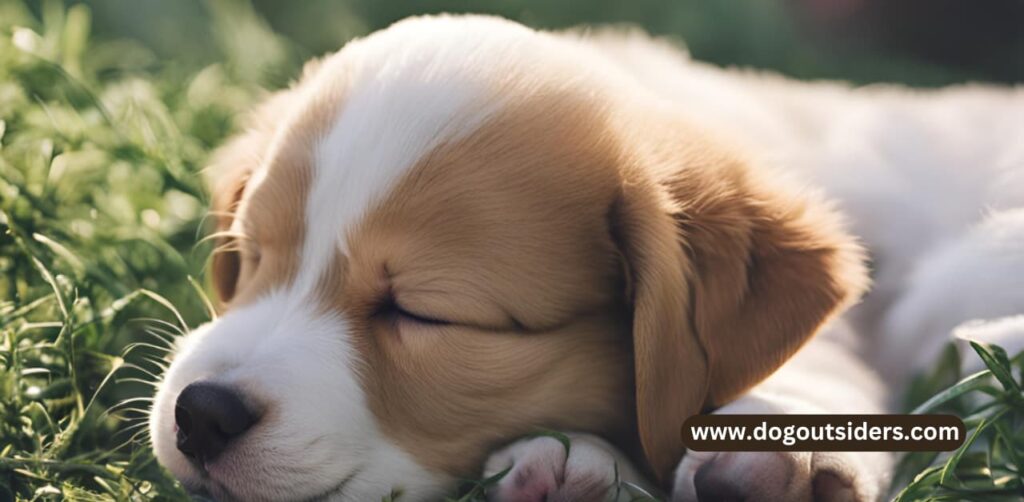
It is generally not recommended for a 3-month-old puppy to sleep outside, especially if the weather conditions are extreme. Puppies are more vulnerable to temperature changes and may not be able to regulate their body heat effectively at such a young age. It is essential for their health and well-being to provide a safe and comfortable sleeping environment indoors until they are older and better equipped to handle outdoor conditions. If you must have your puppy or dog sleep outside, ensure they have proper shelter, bedding, crate, and protection from the elements to keep them safe and healthy.
Understanding Puppy Needs
Developmental Stages
Puppies go through crucial developmental stages, especially during their first few months. At 3 months old, a puppy is still considered a young pup and requires extra care. They are in the socialization period, where they learn about the world around them.
During this stage, puppies are more curious and playful, exploring their surroundings to understand the environment. It’s important to provide adequate mental stimulation through interactive toys and games to support their cognitive development.
Behavioral Patterns
Understanding puppies’ behaviors can help in catering to their needs effectively. At 3 months old, puppies may exhibit teething behavior, so providing appropriate chew toys is essential. They might also start showing signs of independence and testing boundaries.
As a pet owner, it’s crucial to establish routines for feeding, potty breaks, playtime, and rest. Consistency in training and positive reinforcement techniques can shape desirable behaviors in young puppies.
Care and Attention
Proper care and attention are paramount for the well-being of a 3-month-old puppy. Regular veterinary check-ups, vaccinations, and deworming schedules are vital for their health. Providing a balanced diet suitable for puppies’ growth is necessary.
Ensuring a safe and comfortable living environment is essential. Whether indoors or outdoors, having a cozy bed or crate helps create a sense of security for the puppy. Supervision is key, especially when considering allowing them to sleep outside in a kennel or designated area.
Assessing the Right Age
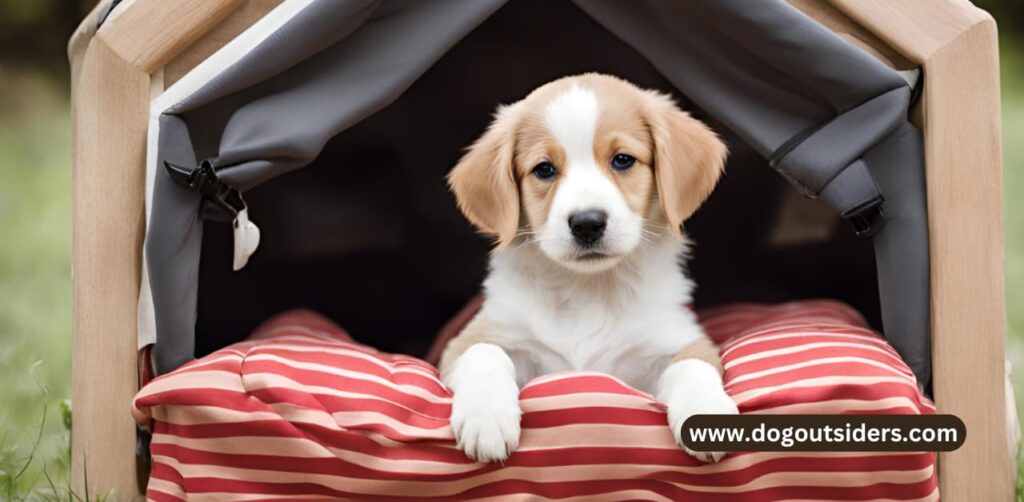
Physical Readiness
A 3-month-old puppy is still too young to sleep outside due to underdeveloped physical abilities. Their immature coat and body can’t regulate temperature effectively.
Transitioning a puppy to outdoor sleeping should wait until they are at least 6 months old. At this age, their bodies are more capable of handling temperature changes.
Mental Readiness
Puppies at 3 months old are in a crucial stage of development, needing comfort and security. Moving them outdoors prematurely may cause anxiety or stress.
Young puppies rely on close proximity to their owners for reassurance and guidance. Being alone outside could lead to feelings of abandonment.
Health Considerations
Sleeping outside can expose a young puppy to various health risks like parasites, infections, and extreme weather conditions.
Outdoor environments may contain harmful substances or plants that a curious puppy could ingest, leading to digestive issues or poisoning.
My experience taught me that introducing outdoor sleeping gradually can help puppies adjust better. Providing a cozy shelter with familiar scents can ease the transition.
Taking the time to train your puppy to sleep outdoors in short intervals before extending the duration can build their confidence and independence slowly.
Factors to Consider
Temperature Sensitivity
Puppies, especially young ones, are highly vulnerable to temperature changes due to their developing immune systems. Their small bodies struggle to regulate heat or cold effectively.
Health Risks
Allowing a 3-month-old puppy to sleep outside exposes them to various risks, including sickness, diseases, and parasites. Young puppies have not built up immunity to common outdoor threats.
Vaccination Importance
Before considering outdoor sleeping for a young puppy, it is crucial to adhere to a strict vaccination schedule. Vaccinations protect puppies from deadly diseases like parvovirus and distemper.
Preparing for Outdoor Sleep
Necessary Supplies
When preparing for your 3-month-old puppy to sleep outside, gather essential supplies like a heated dog shelter or an outdoor crate. These items provide protection from the elements and create a cozy sleeping space.
I always ensure that my puppy’s outdoor bed is waterproof, keeping them dry and comfortable even during rainy nights. Providing a soft blanket or cushion inside the shelter adds an extra layer of warmth and comfort.
Comfortable Environment
To create a comfortable environment, place the outdoor bed in a quiet area away from loud noises that could startle the puppy. Ensure that the sleeping area is well-lit and free from any potential hazards.
Introducing familiar scents near the outdoor bed, such as a favorite toy or blanket from indoors, can help ease the transition for your puppy. Gradually increasing the time spent outdoors before bedtime can also help them acclimate to sleeping outside.
Creating a Safe Shelter

Suitable Shelter
When designing or purchasing a shelter for a 3-month-old puppy to sleep outside, consider factors like protection from weather elements. Ensure the shelter is sturdy and provides adequate insulation.
Spacious Environment
The outdoor shelter should be spacious enough for the puppy to move around comfortably. A cramped space can cause stress and discomfort for the young pup.
I remember when I first set up an outdoor sleeping area for my 3-month-old puppy. It was essential to ensure that the shelter was large enough for him to stretch out and play comfortably. Providing a cozy environment with familiar bedding and toys helped him feel secure and relaxed in his new sleeping spot.
Inviting Atmosphere
To make the outdoor shelter inviting, include bedding materials that are warm and cozy. Consider adding familiar items like blankets or toys that carry the puppy’s scent.
When creating an outdoor sleeping space for your puppy, it’s crucial to make it feel like a safe and welcoming environment. By incorporating familiar bedding and toys, you can help ease any anxiety or apprehension your puppy may have about sleeping outside.
Establishing the Spot
Selecting a Spot
Choose a safe and secure place in your yard for the puppy’s outdoor sleeping area. Ensure there are no potential hazards nearby.
I like to pick a spot that is sheltered from harsh weather conditions, such as strong winds or direct sunlight. This will help keep the puppy comfortable throughout the night.
Guiding the Puppy
During the evening hours, gently guide the puppy to the chosen sleeping spot. Use positive reinforcement to encourage them to stay in that area.
When I introduced my puppy to her outdoor sleeping spot, I made sure to stay with her for a while. This helped her feel safe and secure in her new environment.
Associating Safety and Relaxation
Help the puppy associate the spot with safety and relaxation by providing cozy bedding and familiar toys. This will create a sense of comfort for them.
I found that placing some of my puppy’s favorite toys near her sleeping area helped her feel more at ease. It’s essential to make this spot inviting for your furry friend.
Inspiring Comfort
Creating a Cozy Space
To make the outdoor sleeping spot inviting, use familiar items from inside the house. Place a soft sleeping pillow, water bowl, and a favorite play toy in the shelter.
Encourage the puppy to explore by introducing these comforts gradually. Letting them get accustomed to their new surroundings will help ease any anxiety.
Familiar Scents
Incorporate scents that are comforting for the puppy. Consider using a piece of cloth with your scent on it to provide familiarity in the outdoor area.
The smell of home can be reassuring for a young pup as they adjust to sleeping outside. Familiar scents can make the transition smoother and more comfortable.
Addressing Weather Concerns
Monitoring Weather Conditions
When considering whether a 3-month-old puppy can sleep outside, it’s crucial to monitor the weather conditions. Check the temperature, humidity levels, and any potential precipitation.
I always make sure to check the weather forecast before deciding if my puppy can sleep outside. Sudden changes in weather can be harmful to young puppies.
Providing Additional Warmth
During colder nights, it’s essential to provide additional warmth for your puppy. Use blankets, heating pads, or even a cozy dog bed to keep them comfortable and warm.
I learned that puppies have a harder time regulating their body temperature, so providing extra warmth is necessary during chilly nights.
Protecting from Extreme Conditions
To ensure your puppy’s safety and well-being, protect them from extreme temperatures and adverse weather conditions. Avoid exposing them to harsh winds, storms, or extremely hot temperatures.
My experience taught me that extreme weather can be dangerous for young puppies, leading to health issues or discomfort if not properly protected.
Ensuring Safety and Warmth
Regular Checks
Regularly check the outdoor sleeping area for any potential hazards or dangers that could harm your puppy. Look out for sharp objects, toxic plants, or small spaces where the puppy could get stuck.
Ensure the sleeping area is free from any harmful substances such as chemicals, pesticides, or other items that could be ingested by the puppy. Providing a safe environment is crucial for your puppy’s well-being while sleeping outside.
Access to Essentials
Make sure your puppy has easy access to clean water and quality food at all times. Hydration and proper nutrition are essential for your puppy’s health and comfort, especially when sleeping outdoors.
Monitor the temperature of the water to prevent it from freezing in cold weather. Ensure the food provided is not spoiled or contaminated to avoid any health issues for your puppy.
Behavioral Monitoring
Keep a close eye on your puppy’s behavior and health when transitioning to sleeping outside. Watch for signs of discomfort, anxiety, or distress that may indicate they are not adapting well to the new sleeping environment.
If you notice any changes in behavior or health issues, such as excessive shivering or lethargy, consider bringing your puppy indoors during extreme weather conditions. Your puppy’s well-being should always be a top priority.
In my experience with raising puppies, I found that providing a cozy blanket or bed inside their outdoor sleeping area can help keep them warm and comfortable during chilly nights. Placing some of their favorite toys or familiar items near their sleeping spot can provide comfort and security for your puppy.
Conclusion:
Understanding a puppy’s needs and the factors to consider before allowing them to sleep outside is crucial. Assessing the right age, preparing a safe shelter, creating a comfortable spot, and addressing weather concerns are all vital steps in ensuring their safety and well-being. By taking these measures, you can provide your furry friend with a cozy outdoor sleeping space while keeping them protected from any potential risks.
Now that you have the essential information on how to make sure your 3-month-old puppy can sleep outside safely, it’s time to put it into action. Take the necessary steps to create a secure and comfortable environment for your pup, considering all the factors discussed. Your furry companion will thank you for providing a safe outdoor sleeping area tailored just for them.
FAQ’s:
Yes, a 3-month-old puppy can sleep outside under the right conditions. Ensure the puppy has a safe shelter, comfortable bedding, and protection from extreme weather. Gradually introduce outdoor sleeping to help them acclimate.
Consider the weather conditions, safety of the outdoor area, the puppy’s health and age, and their comfort level with being outdoors. Make sure they have appropriate shelter, bedding, and access to water.
Prepare a safe outdoor shelter with proper bedding, ensure the area is secure, provide access to fresh water, and gradually introduce your puppy to outdoor sleeping. Monitor their behavior and comfort level during this transition.
Ensure the shelter is insulated, free from drafts or leaks, cozy with soft bedding, and located in a secure area away from potential dangers. Regularly clean the shelter and check for any signs of discomfort or distress in your puppy.
Monitor weather forecasts regularly and adjust accordingly. Provide appropriate bedding for warmth in cold weather or ensure shade and ventilation in hot weather. Consider bringing your puppy indoors if extreme weather conditions arise.

